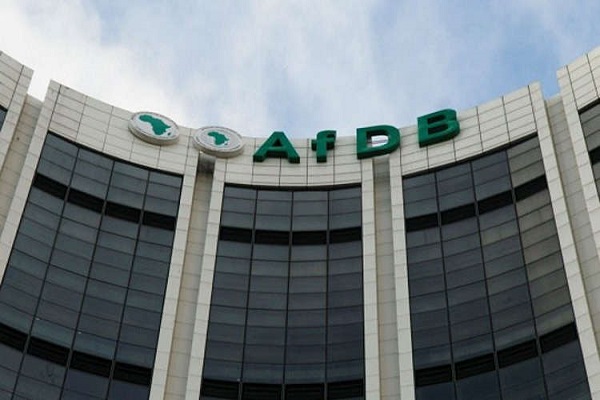
By Edson Baraukwa | Africa Guardian
The African Development Bank (AfDB) has introduced Country Focus Reports (CFRs) aimed at enhancing policy dialogue on the macroeconomic performance and future prospects of individual African nations. These reports are designed to provide strategic guidance on mobilizing private sector investment and leveraging natural capital finance to support the continent’s climate resilience and green growth objectives.
Zimbabwe, a member of the AfDB, is poised to benefit significantly from this initiative, particularly as the country is currently undertaking extensive economic reforms. The CFRs are expected to reinforce Zimbabwe’s sustainable development goals, which are anchored in the National Development Strategy (NDS 1), a five-year plan running until 2025, and its successor, NDS 2, which will cover 2026 to 2030. These strategies aim to transition Zimbabwe to an upper-middle-income society by focusing on key areas such as economic stability, food security, governance, human capital development, environmental protection, housing, digital economy, health, infrastructure, international relations, social protection, and devolution.
The AfDB has also been instrumental in Zimbabwe’s debt resolution process, a critical step that could alleviate the country’s heavy debt burden and restore access to concessional funding.
In its 2024 reports, the AfDB assesses the experiences of individual African countries in securing the necessary financing for structural transformation. The reports advocate for a comprehensive overhaul of the global financial system to better support the economic needs of African nations, particularly in the face of recurring global and domestic challenges.
“The AfDB has launched Country Focus Reports designed to deepen policy dialogue on the macroeconomic performance and outlook of individual countries and to act as an indispensable tool for policymakers, government, and development partners,” the AfDB stated.
Professor Kevin Chika Urama, AfDB’s Chief Economist and Vice President for Economic Governance and Knowledge Management, emphasized that the reports make bold recommendations for financing structural transformation at the country level. These recommendations include reforms to the global financial architecture to more effectively meet the growing development financing needs of African countries.
Aligned with the theme of the 2024 African Economic Outlook report, “Driving Africa’s Transformation: The Reform of the Global Financial Architecture,” these CFRs provide in-depth analysis of country-specific dynamics and challenges. The African Economic Outlook report, published annually, serves as a vital resource for African policymakers by offering timely data and analysis on the continent’s economic performance.
The growth outlook and performance across Africa’s 54 nations vary significantly, reflecting differences in economic structures, reliance on commodities, and policy approaches. Each of the 54 reports documents the financial needs and gaps faced by these countries and critiques the inadequacies of the current global financial system in supporting Africa’s structural transformation towards the year 2063.
The CFRs make recommendations in five critical areas: leveraging private sector financing, enhancing climate finance, reforming multilateral development banks to provide long-term concessional financing, and more. The reports underscore the importance of the private sector as a key partner in financing Africa’s economies, call for increased climate finance given Africa’s disproportionate vulnerability to climate change, and advocate for a revision of multilateral development banks’ business models to scale up concessional financing for African nations.
“In summary, these reports contain pragmatic policies (short, medium, and long-term) to accelerate African countries’ economic growth and structural transformation,” the AfDB stated. “They also provide governments and potential investors with up-to-date, accurate data to inform policy and investment decisions.”
___
